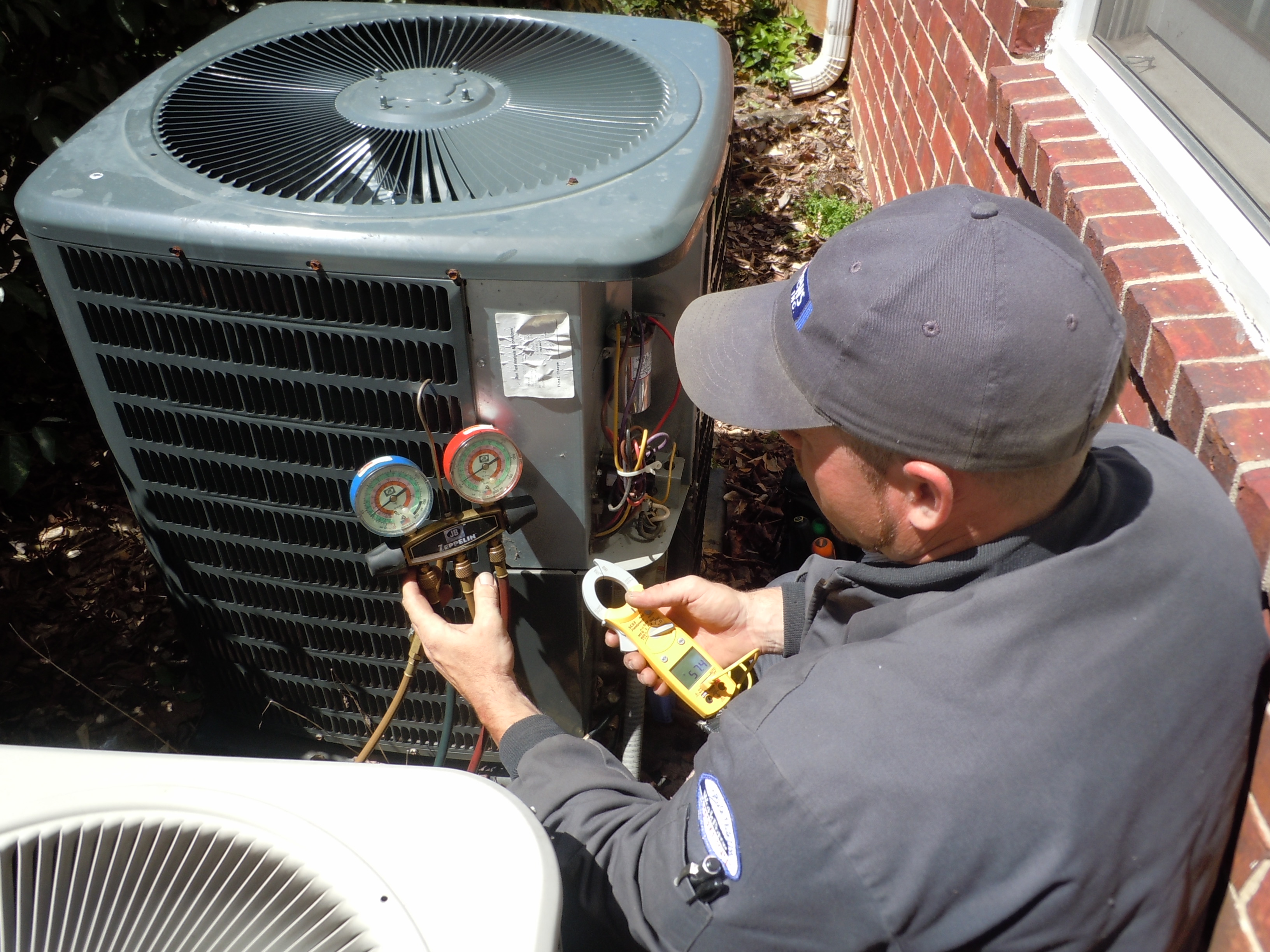Heating, ventilation, and air conditioning, ventilation systems, and air conditioning, commonly known as HVAC, is a vital component of modern life that many people often overlook. From the warm embrace of a heated home in winter to the crisp air of air conditioning during intense summers, HVAC systems play a crucial role in our comfort and satisfaction. The history of HVAC is a fascinating journey that illustrates human ingenuity and technological advancements over the decades, transforming the way we regulate our indoor environments.
As we delve into the evolution of HVAC, we will explore how these systems began, their progress through the years, and the innovations that have shaped today's heating and cooling solutions. Whether you are a homeowner looking to upgrade your system or a company leader seeking efficient climate control, grasping the history and function of HVAC is key to making knowledgeable decisions. Follow us as we uncover the milestones in HVAC history and how they relate to the comfort and effectiveness of our home and business spaces.
Comprehending Heating, Ventilation, and Air Conditioning Systems
HVAC, that refers to heat, airflow, and cooling, is a crucial component in not only domestic and commercial buildings. air conditioning replacement is to provide comfort by controlling indoor heat levels, controlling moisture levels, and ensuring good air quality. These systems merge various methods to enable warmth during cooler months and refreshing during summer months, making them essential for all-season comfort.
The elements of an HVAC setup typically consist of a heater or heat generator for warmth, an air conditioner for refreshing, air ducts for circulating temperature-controlled air, and airflow systems to bring in fresh air and eliminate stale air. Improvements in HVAC innovation have produced improved energy efficiency and greater control over heating and cooling controls, often featuring smart technology that allows property owners and businesses to enhance their energy consumption and reduce expenses.
An optimal HVAC setup not only boosts convenience but also is essential in upholding indoor air quality. By filtering and circulating air, these systems reduce allergens and pollutants, which is particularly vital for individuals with breathing issues. Proper knowledge and maintenance of HVAC components can lead to a better living environment and higher performing functioning, ultimately conserving energy and lowering utility bills.
Heating, Ventilation, and Air Conditioning Upkeep and Effectiveness
Regular upkeep of your HVAC equipment is crucial for maintaining its efficiency and durability. A well-maintained system not only performs optimally but can also lead to substantial savings on power bills. Basic care tasks include swapping air filters regularly, cleaning ducts, and inspecting the thermostat settings. By keeping these components in good condition, you can eliminate unnecessary strain on the unit, which often results in expensive repairs and excessive energy use.
In furthermore regular upkeep, periodic maintenance is important for improving your system's performance. Spring and fall are ideal times to schedule professional tune-ups, as these seasons typically involve shifting between warm and cooling modes. Technicians can examine various aspects, such as refrigerant quantity, electrical connections, and motor functions, ensuring that your system functions efficiently when it is essential the most. Neglecting these annual check-ups can lead to unexpected breakdowns when conditions increase or drop.
Boosting the performance of your HVAC equipment can also be realized through intelligent technology and upgrades. Adopting a programmable thermostat provides better temperature control based on your schedule, lowering energy consumption when you are out. Moreover, consider investing in eco-friendly appliances or zoned heating and cooling solutions. Over time, these innovations can greatly boost system efficiency, reduce your carbon footprint, and lead to considerable cost savings on energy bills.
Innovations in HVAC Technology
The heating and cooling sector has seen significant tech innovations over the decades, leading to increased effectiveness and greater comfort for users. Smart thermostats are a major leap forward, allowing homeowners to manage their HVAC systems from afar. These devices learn user settings and tweak settings automatically, resulting in minimized energy use and decreased energy costs. Additionally, connection with automated home systems enables seamless control of HVAC with other smart home devices, improving overall convenience.
Another advancement in HVAC systems is the development of variable refrigerant flow systems. These technologies enable accurate temperature control and effective functioning by adjusting the amount of refrigerant flowing to internal units based on demand. This flexibility not only improves comfort but also significantly lowers energy usage compared to older systems. Developments in mini-split technologies have made temperature regulation more feasible for homes without current ductwork, allowing for tailored climate control in individual rooms.
Geothermal heating and cooling systems represent another advanced solution in HVAC technology. By harnessing the earth's stable ground temperature, these systems can provide effective heating in the cold months and cooling in the hot months, often with meaningful energy savings. The upfront costs may be higher, but the long-term gains include lower energy bills and a smaller carbon footprint. As advancements continues to evolve, HVAC systems are becoming more advanced, increasingly efficient, and more aligned with sustainable practices, defining the future of climate technologies.

